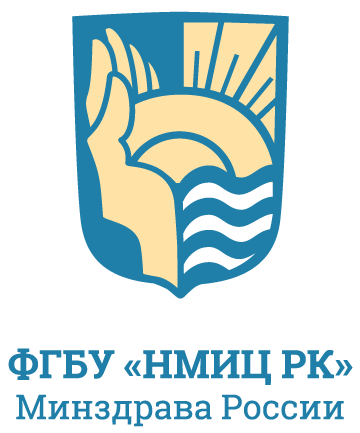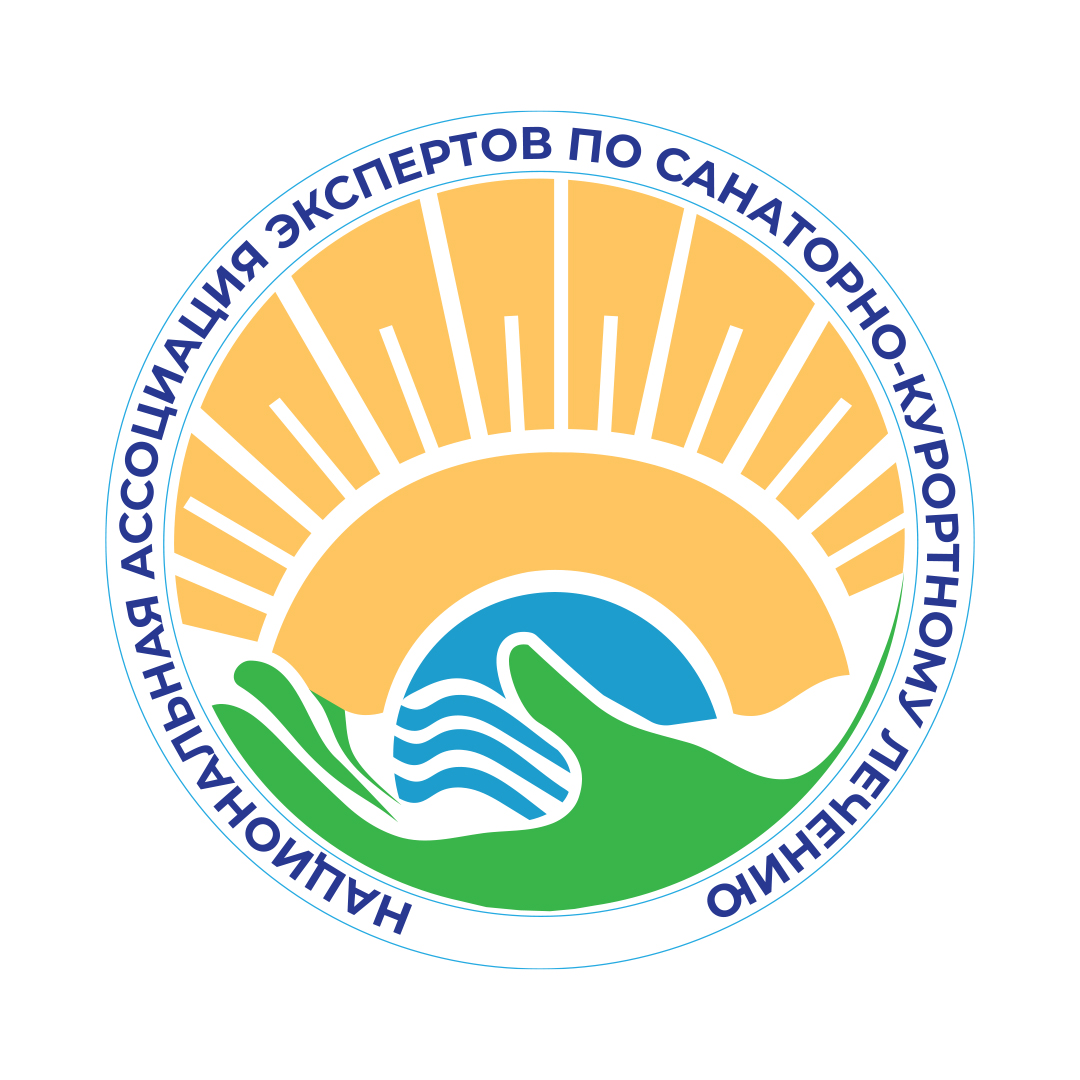Выпуск 3-22, 2023
Оригинальная статья
Влияние силовых тренировок с ограничением кровотока на состав тела у лиц с метаболическим синдромом: рандомизированное контролируемое исследование
1ФГБОУ ВО «Уральский государственный университет физической культуры», Челябинск, Россия
РЕЗЮМЕ
ВВЕДЕНИЕ. Низкоинтенсивные силовые тренировки с ограничением кровотока представляют собой эффективную стратегию для увеличения мышечной массы и силы, а также снижения избыточного отложения подкожного и висцерального жира. В последние годы данный метод стали применять в различных популяциях.
ЦЕЛЬ. Оценить влияние низкоинтенсивной силовой тренировки с ограничением кровотока на антропометрические показатели и состав тела у мужчин с метаболическим синдромом.
МАТЕРИАЛЫ И МЕТОДЫ. В исследовании приняли участие 60 нетренированных мужчин (средний возраст — 38,7 ± 5,6 года), по состоянию здоровья соответствующих критериям метаболического синдрома. Участники были распределены на три группы по режимам силовой тренировки: низкоинтенсивная силовая с ограничением кровотока; высокоинтенсивная силовая; низкоинтенсивная силовая без ограничения кровотока. До и после 12 недель тренировок в группах оценивались: индекс массы тела, жировая масса, область висцерального жира, мышечноскелетная масса, окружность талии.
РЕЗУЛЬТАТЫ. Выявлено статистически значимое снижение жировой массы, области висцерального жира, обхвата талии и повышение мышечно-скелетной массы (р < 0,05) в группах низкоинтенсивной силовой тренировки с ограничением кровотока и высокоинтенсивной силовой тренировки. В показателях мужчин, относящихся к группе низкоинтенсивной силовой тренировки без ограничения кровотока, не обнаружено статистически значимых изменений (р > 0,05).
ЗАКЛЮЧЕНИЕ. Таким образом, низкоинтенсивные силовые тренировки с ограничением кровотока эффективно изменяют состав тела мужчин с метаболическим синдромом.
КЛЮЧЕВЫЕ СЛОВА: метаболический синдром, силовая тренировка с ограничением кровотока, жировая масса, мышечно-скелетная масса, гипертрофия мышц
ИСТОЧНИК ФИНАНСИРОВАНИЯ: Авторы заявляют об отсутствии финансирования при проведении исследования.
КОНФЛИКТ ИНТЕРЕСОВ: Авторы декларируют отсутствие явных и потенциальных конфликтов интересов, связанных с публикацией настоящей статьи.
ДЛЯ ЦИТИРОВАНИЯ:
Сверчков В.В., Быков Е.В. Влияние силовых тренировок с ограничением кровотока на состав тела у лиц с метаболическим синдромом: рандомизированное контролируемое исследование. Вестник восстановительной медицины. 2023; 22(3): 59-65. https://doi.org/10.38025/2078-1962-2023-22-3-59-65 [Sverchkov V.V., Bykov E.V. Effect of Blood Flow-Restricted Strength Training on Body Composition: a Randomized Controlled Study of Patients with Metabolic Syndrome. Bulletin of Rehabilitation Medicine. 2023; 22(3): 59-65. https://doi.org/10.38025/2078-1962-2023-22-3-59-65 (In Russ.).]
Список литературы:
1. Lixandrão M., Ugrinowitsch С., Berton R. et al. Magnitude of Muscle Strength and Mass Adaptations Between High-Load Resistance Training Versus Low-Load Resistance Training Associated with Blood-Flow Restriction: A Systematic Review and Meta-Analysis. Sports Medicine. 2018; 48(2): 361–378. https://doi.org/10.1007/s40279-017-0795-y
2. Gundermann D., Walker D., Reidy P. et al. Activation of mTORC1 signaling and protein synthesis in human muscle following blood flow restriction exercise is inhibited by rapamycin. American Journal of Physiology-Endocrinology and Metabolism. 2014; 306(10): 1198–1204. https://doi.org/10.1152/ajpendo.00600.2013
3. Torma F., Gombos Z., Fridvalszki M. et al. Blood flow restriction in human skeletal muscle during rest periods after high-load resistance training down-regulates miR-206 and induces Pax7. Journal of Sport and Health Science. 2021; 10(4): 470–477. https://doi.org/10.1016/j.jshs.2019.08.004
4. Ozaki H., Kakigi R., Kobayashi H. et al. Effects of walking combined with restricted leg blood flow on mTOR and MAPK signalling in young men. Acta Physiologica. 2014; 211(1): 97–106. https://doi.org/10.1111/apha.12243
5. Lorenz D., BaileyL., Wilk K. et al. Blood Flow Restriction Training. Journal of Athletic Training. 2021; 56(9): 937–944. https://doi.org/10.4085/418-20
6. Jia W., Bo L., Wei Y. Application effect and mechanism of blood flow restriction training. China Sport Science. 2019; (39): 71–80.
7. Min J., Chang J., Choi J., Kong I. Association Between Skeletal Muscle Mass, Physical Activity, and Metabolic Syndrome: the Korean National Health and Nutrition Examination Survey 2008-2011. Metabolic Syndrome and Related Disorders. 2022; 20(3): 156–165. https://doi.org/10.1089/met.2021.0080
8. Kwon E., Nah E., Kim S., Cho S. Relative Lean Body Mass and Waist Circumference for the Identification of Metabolic Syndrome in the Korean General Population. International Journal of Environmental Research and Public Health. 2021; 18(24): 131–149. https://doi.org/10.3390/ijerph182413186
9. Jeon Y., Son K. Effects of different definitions of low muscle mass on its association with metabolic syndrome in older adults: A Korean nationwide study. Geriatrics & Gerontology International. 2021; 21(11): 1003–1009. https://doi.org/10.1111/ggi.14277
10. Córdoba-Rodríguez D., Iglesia I., Gomez-Bruton A. et al. Fat-free/lean body mass in children with insulin resistance or metabolic syndrome: a systematic review and meta-analysis. BMC Pediatrics. 2022; 22(1): 58–70. https://doi.org/10.1186/s12887-021-03041-z
11. Lee J. Influences of Cardiovascular Fitness and Body Fatness on the Risk of Metabolic Syndrome: A Systematic Review and Meta-Analysis. American Journal of Health Promotion. 2020; 34(7): 796–805. https://doi.org/10.1177/0890117120925347
12. Zhang X., Chen Q., Sun X. et al. Association between MRI-based visceral adipose tissues and metabolic abnormality in a Chinese population: a crosssectional study. Nutrition & Metabolism. 2022; 19(1): 16–30. https://doi.org/10.1186/s12986-022-00651-x
13. Kim S., Kang H., Jeong J. et al. Association of obesity, visceral adiposity, and sarcopenia with an increased risk of metabolic syndrome: A retrospective study. PLoS ONE. 2021; 16(8): 256–269. https://doi.org/10.1371/journal.pone.0256083
14. Тарасевич А.Ф., Кобзарь И.Г., Строкова Е.В. Информационное сопровождение как способ повышения приверженности к модификации образа жизни. Вестник восстановительной медицины. 2021; 20(3): 67–76. https://doi.org/10.38025/2078-1962-2021-20-3-67-76 [Tarasevich A.F., Kobzar I.G., Strokova E.V. Information Support as a Way to Improve Lifestyle Modification Adherence. Bulletin of Rehabilitation Medicine. 2021; 20(3): 67–76. https://doi.org/10.38025/2078-1962-2021-20-3-67-76 (In Russ.).]
15. Liang M., Pan Y., Zhong T. et al. Effects of aerobic, resistance, and combined exercise on metabolic syndrome parameters and cardiovascular risk factors: a systematic review and network meta-analysis. Reviews in Cardiovascular Medicine. 2021; 22(4): 1523–1533. https://doi.org/10.31083/j.rcm2204156
16. Мирошников А.Б., Форменов А.Д., Смоленский А.В. Влияние равномерной и высокоинтенсивной интервальной тренировки в кардиореабилитации бодибилдеров с артериальной гипертензией: рандомизированное контролируемое исследование. Вестник восстановительной медицины. 2020; 6(100): 108–113. https://doi.org/10.38025/2078-1962-2020-100-6-108-113 [Miroshnikov A.B., Formenov A.D., Smolensky A.B. The Effects of Moderate and High-Intensity Interval Training in Cardiac Rehabilitation of Bodybuilders with Arterial Hypertension: a Randomized Controlled Trial. Bulletin of Rehabilitation Medicine. 2020; 6(100): 108–113. https://doi.org/10.38025/2078-1962-2020-100-6-108-113 (In Russ.).]
17. Alberti K., Eckel R., Grundy S. et al. Jr. International Diabetes Federation Task Force on Epidemiology and Prevention; Hational Heart, Lung, and Blood Institute; American Heart Association; World Heart Federation; International Atherosclerosis Society; International Association for the Study of Obesity. Harmonizing the metabolic syndrome: a joint interim statement of the International Diabetes Federation Task Force on Epidemiology and Prevention; National Heart, Lung, and Blood Institute; American Heart Association; World Heart Federation; International Atherosclerosis Society; and International Association for the Study of Obesity. Circulation. 2009; 120(16): 1640–1645. https://doi.org/10.1161/CIRCULATIONAHA.109.192644
18. LeSuer D., McCormick J., Mayhew J. et al. The Accuracy of Prediction Equations for Estimating 1-RM Performance in the Bench Press, Squat, and Deadlift. Journal of Strength and Conditioning Research. 1997; 11(4): 211–213.
19. Aniceto R., da Silva Leandro L. Practical Blood Flow Restriction Training: New Methodological Directions for Practice and Research. Sports Medicine — Open. 2022; 8(1): 87. https://doi.org/10.1186/s40798-022-00475-2
20. Freitas E., Miller R., Heishman A. et al. Acute Physiological Responses to Resistance Exercise with Continuous Versus Intermittent Blood Flow Restriction: A Randomized Controlled Trial. Frontiers in Physiology. 2020; (11): 132–144. https://doi.org/10.3389/fphys.2020.00132
21. Сверчков В.В., Быков Е.В. Перцептивные реакции лиц с метаболическим синдромом на силовые упражнения с ограничением кровотока. Современные вопросы биомедицины. 2021; 3(16): 38–41. https://doi.org/10.51871/2588-0500_2021_05_03_6 [Sverchkov V.V., Bykov E.V. Perceptual responses of people with metabolic syndrome to blood flow restriction strength exercise. Modern Issues of Biomedicine. 2021; 3(16): 38–41. https://doi.org/10.51871/2588-0500_2021_05_03_6 (In Russ.).]
22. Fei W. Meta-Analysis and Empirical Study on the Effect of Compression Resistance Training on Cardiovascular System. Shanghai University of Sport; Shanghai. China. 2015.
23. Chen Y., Ma С., Wang J. et al. Effects of 40 % of Maximum Oxygen Uptake Intensity Cycling Combined with Blood Flow Restriction Training on Body Composition and Serum Biomarkers of Chinese College Students with Obesity. International Journal of Environmental Research and Public Health. 2021; 19(1): 168–182. https://doi.org/10.3390/ijerph19010168
24. Rodrigo-Mallorca D., Loaisa-Betancur A., Monteagudo P. et al. Resistance training with blood flow restriction compared to traditional resistance training on streigth and muscle mass in non-active older adults: A Systematic Review and Meta-Analysis. International Journal of Environmental Research and Public Health. 2021; 18(21): 114–128. https://doi.org/10.3390/ijerph182111441
25. Hwang P., Willoughby D. Mechanisms Behind Blood Flow-Restricted Training and its Effect Toward Muscle Growth. The Journal of Strength and Conditioning Research. 2019; 33(1): 167–179. https://doi.org/10.1519/JSC.0000000000002384
26. Lauber B., König D., Gollhofer A., Centne C. Isometric blood flow restriction exercise: acute physiological and neuromuscular responses. BMC Sports Science, Medicine and Rehabilitationil. 2021; 13(1): 12–25. https://doi.org/10.1186/s13102-021-00239-7
27. Pearson S., Hussain S. A review on the mechanisms of blood-flow restriction resistance training-induced muscle hypertrophy. Sports Medicine. 2015; 45(2): 187–200. https://doi.org/10.1007/s40279-014-0264-9
28. Yinghao L., Jing Y., Yongqi W. et al. Effects of a blood flow restriction exercise under different pressures on testosterone, growth hormone, and insulinlike growth factor levels. Journal of International Medical Research. 2021; 49(9): 303–319. https://doi.org/10.1177/03000605211039564
29. Centner C., Zdzieblik D., Dressler P. et al. Acute effects of blood flow restriction on exercise-induced free radical production in young and healthy subjects. Free Radical Research. 2018; 52(4): 446–454. https://doi.org/10.1080/10715762.2018.1440293
30. Loenneke J., Fahs C., Rossow L. et al. The anabolic benefits of venous blood flow restriction training may be induced by muscle cell swelling. Medical Hypotheses. 2012; 78(1): 151–154. https://doi.org/10.1016/j.mehy.2011.10.014
31. Keller U., Szinnai G., Bilz S., Berneis K. Effects of changes in hydration on protein, glucose and lipid metabolism in man: impact on health. European Journal of Clinical Nutrition. 2003; 57(2): 69–74. https://doi.org/10.1038/sj.ejcn.1601904
32. Conceição M., Gáspari A., Ramkrapes A., Junior E. et al. Anaerobic metabolism induces greater total energy expenditure during exercise with blood flow restriction. PLoS ONE. 2018; 13(3): 194–211. https://doi.org/10.1371/journal.pone.0194776
33. Mendonca G., Vaz J., Pezarat-Correia P., Fernhall B. Effects of Walking with Blood Flow Restriction on Excess Post-exercise Oxygen Consumption. International Journal of Sports Medicine. 2015; 36(3): 11–18. https://doi.org/10.1055/s-0034-1395508
34. Сверчков В.В., Быков Е.В. Позитивное влияние низкоинтенсивных силовых тренировок с ограничением кровотока на показатели обмена веществ у мужчин с метаболическим синдромом. Журнал медико-биологических исследований. 2023; 11(3). [Sverchkov V.V., Bykov E.V. Positive effect of low-intensity strength training with blood flow restriction on metabolic parameters in men with metabolic syndrome. Journal of Medical and Biological Research. 2023; 11(3) (In Russ.).]
35. Сверчков В.В., Быков Е.В. Мышечная гипертрофия и метаболическое перепрограммирование при метаболическом синдроме и ожирении. Проблемы подготовки научных и научно-педагогических кадров: опыт и перспективы: сборник научных трудов молодых ученых, посвященный Дню российской науки и 10-летию науки и технологий в РФ. Уральский государственный университет физической культуры. 2023: 177–184. [Sverchkov V.V., Bykov E.V. Muscle hypertrophy and metabolic reprogramming in metabolic syndrome and obesity. Problems of training of scientific and scientific-pedagogical personnel: experience and prospects: collection of scientific papers of young scientists, dedicated to the Day of Russian Science and the 10th anniversary of science and technology in the Russian Federation. Ural State University of Physical Education. 2023: 177–184 (In Russ.).]

Контент доступен под лицензией Creative Commons Attribution 4.0 License.
©
Эта статья открытого доступа по лицензии CC BY 4.0. Издательство: ФГБУ «НМИЦ РК» Минздрава России.




